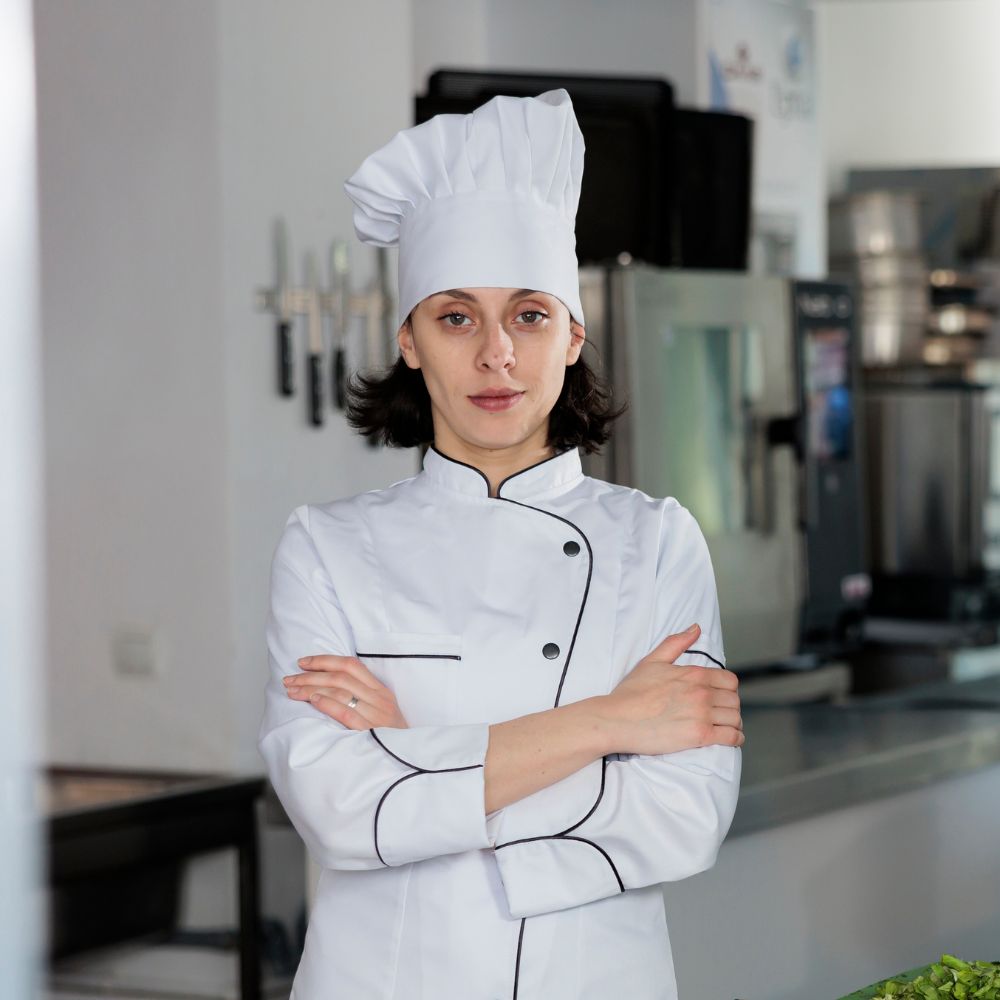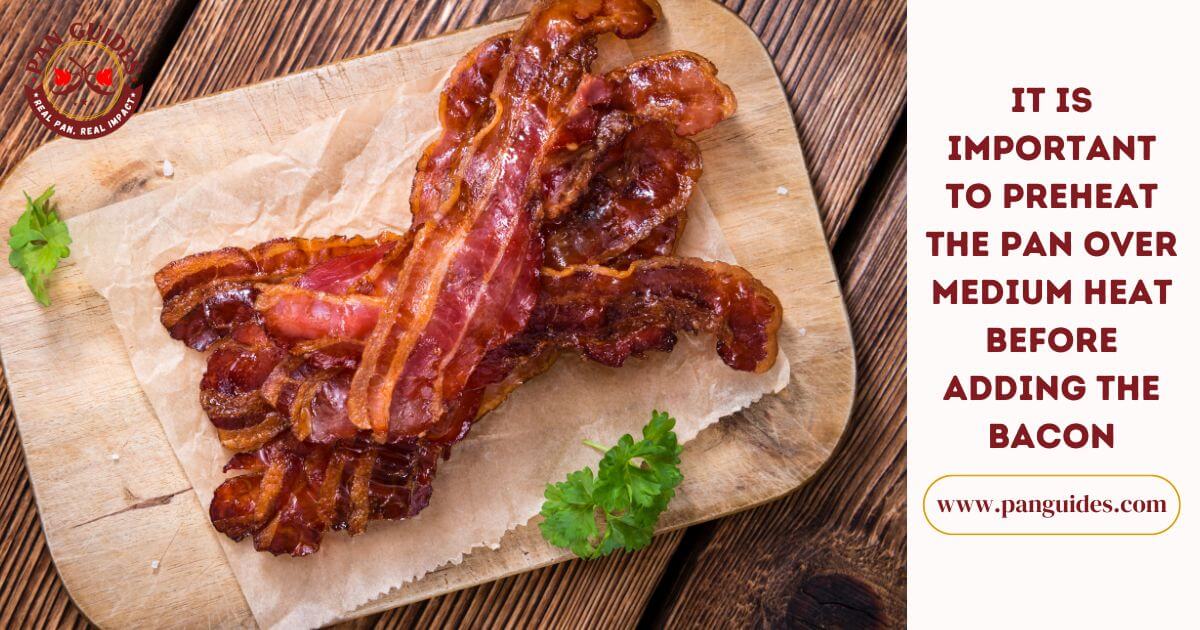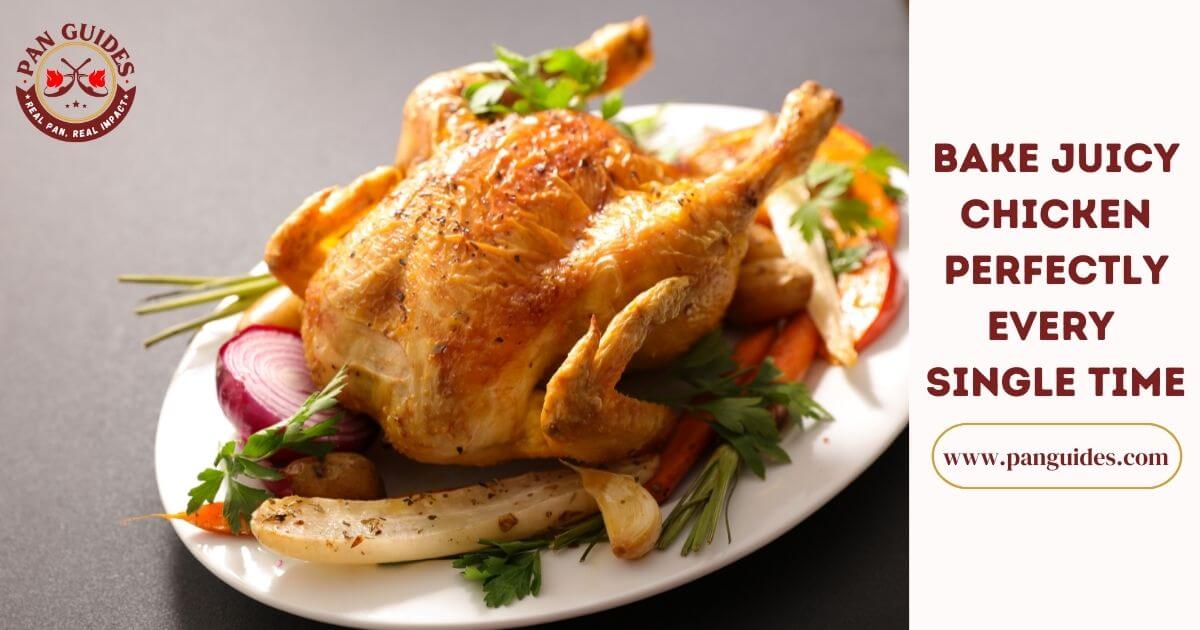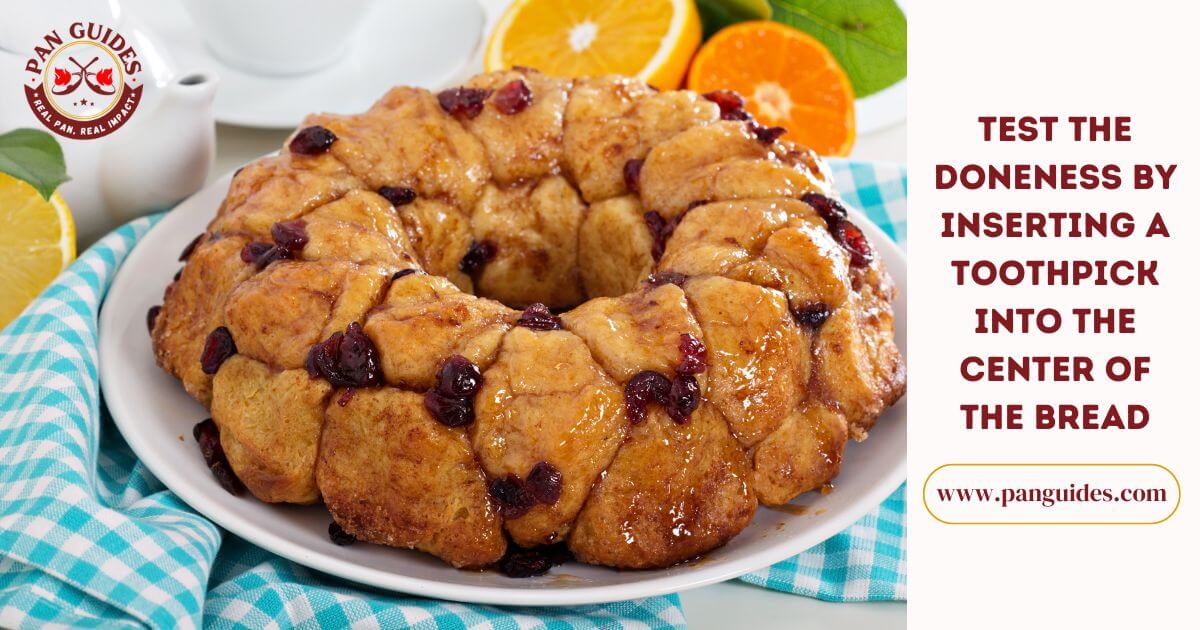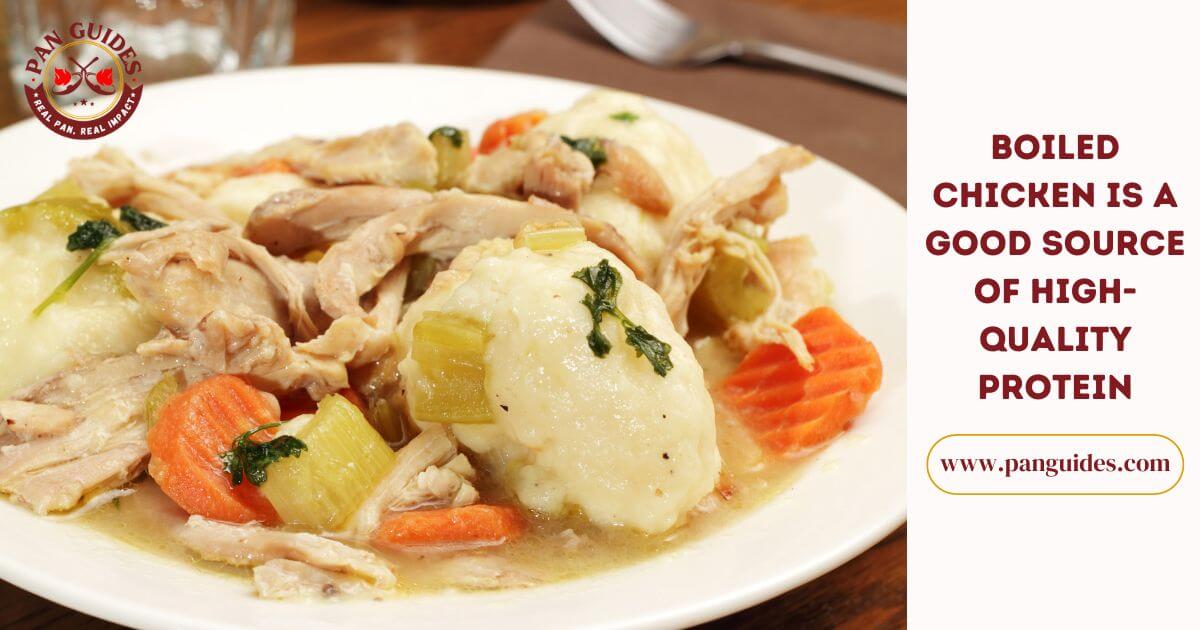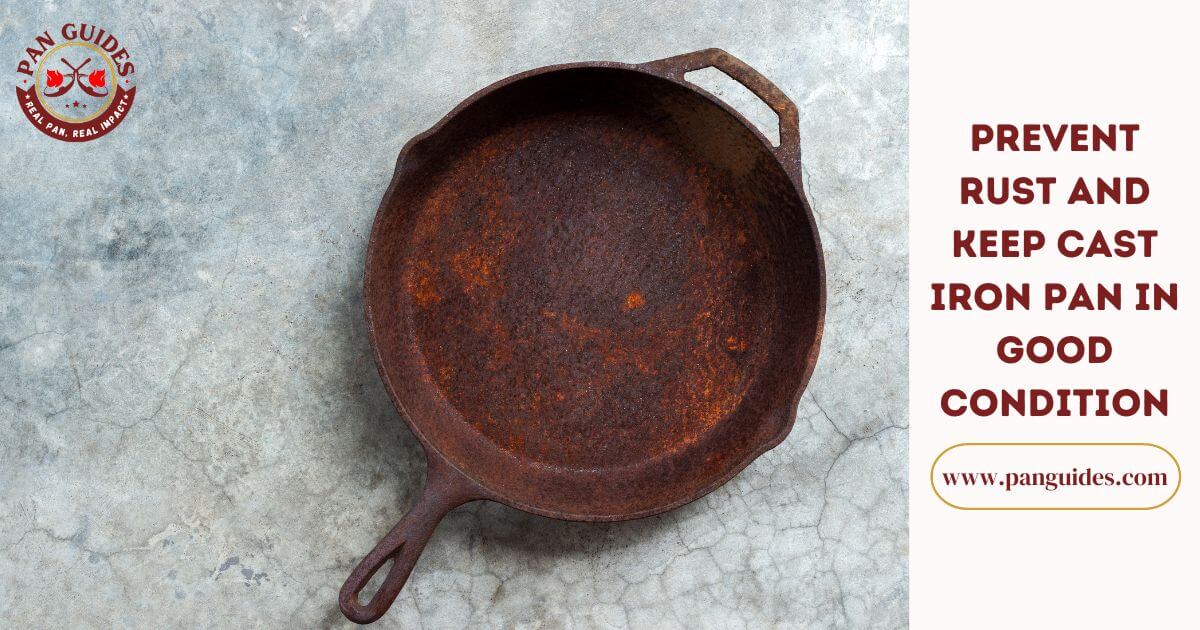The value of seasoning is great. However, the patina that protects your cast iron from rusting is compromised by the presence of soap and hot water. Seasoning your cast iron skillet will prevent corrosion from forming on the exterior and make it easier to release food from the entire pan. So, how to season cast iron without oven? Continue reading the blog to find out more.
Whether you’re a seasoned expert or just getting started in the kitchen, a cast iron pan is an essential tool. Including everything steaks to pizzeria can be cooked to perfection in one of these.
Though they are long-lasting and adaptable, many individuals keep away from using them due to maintenance concerns. Cast iron stoves, however, are not just easier to work with than you may imagine, but they also don’t need an oven method to season.
What Is Cast Iron Seasoning?
The seasoning on cast iron is a thin layer of carbonized oil. The layer of seasoning is achieved by polymerizing excess oil baked onto the cast iron. Your cookware will get that timeless black patina. Seasoning creates a non-stick, rust-resistant cooking surface and makes removing food from the pan much simpler.
When you heat layers of fat, the molecules in the fat link to the metal, forming a strong protective coating for your cast iron pan. The term for this transformation of fat into plastic is polymerization.
Applying the coating on the cast iron requires many layers of oil before reaching the desired thickness, but the results are well worth the effort. Fat is used, but the resulting coating is a strong, blackened layer that will shield the metal from damage in the future.
Yet, seasoning is quite important when restoring cast iron without oven to enhance its versatility. And that’s why you need to know the process of seasoning cast iron skillet on stovetop.
Why Does Cast Iron Need To Be Seasoned?
Cast iron is an excellent material for cookware because it evenly distributes heat and doesn’t react with foods. However, without proper seasoning, cast iron can be difficult to season and use.
Seasoning is necessary for cast iron cookware. The black patina that forms on your cast iron skillet over time is the result of seasoning; it creates a non-stick surface that allows food to slide about the pan but is still sturdy enough to handle the high heat required to sear a steak.
If you are asking, how to season a cast iron skillet for the first time, then keep on reading the blog.
What Is The Process Of Cast Iron Seasoning?

Seasoning, in this situation, has little to do with salts or peppers. Conversely, it refers to the very fine coats of fat (like coat of oil) that develop when the cast iron is heated.
When the lard is warmed, it undergoes a process of polymerization in which it attaches to the metals and to itself. After the seasoning process, the metal will be protected by a tough, dark skin rather than a greasy covering.
Cast iron, luckily for us chefs, has nonstick characteristics that make even the stickiest items (like fried eggs) a delight to prepare.
How To Season Cast Iron Without Oven: Step By Step

Pre-seasoning is applied to your new pan before it leaves the manufacturer, but you should still add additional layers.
In other words, after you’ve seasoned the pan to your liking, you may use it again and over again for many years without worrying about ruining it. Even if you ask how to season cast iron over fire, the process will be the same. Let’s go through those steps:
Step 1: Get the Pan Clean and Dry
You should probably wash that skillet before you start seasoning it since you have no idea what happened to it between the times it left the manufacturer and when it landed in your kitchen.
Use warm soapy water to scrub the pan for cleaning, then pan cool it completely. Putting the pan directly over the stove flame for a minute or two is the easiest way to get rid of any remaining moisture after drying it thoroughly with a towel.
Step 2: Just Apply Some Oil And Buff It To Perfection.
After washing and drying your pan, oil it well inside and out, including the handle. The staff at Serious Eats recommends using unsaturated fats like vegetables, canola, or maize seasoning oil when flavoring your cooking pans.
Saturated fats like shortening or lard are hard to come by and difficult to distribute, but we always have these on hand and they work just as well. One need not go to the trouble of seeking out specialty oils for the sole purpose of seasoning.
The trick is to give the pan a good, all-around rubbing with oil, followed by a thorough buffing, so that the oil is completely removed and the pan no longer seems greasy.
Step 3: Place it on the Burner and Bring It Up to medium heat to high.
Then, after 30 minutes, remove the pan from the burner and discard the oil. Because of the potential for smoking, it is important to maintain adequate ventilation in the kitchen. The oil will begin to polymerize at this point, forming the first of numerous hard, plastic-like coverings.
The stovetop is being used because its consistent heat is ideal for evenly dispersing the oil around the sticky pan.
Even if you’ve wiped out the extra oil, I prefer to invert the pan onto a baking sheet or a piece of foil before cooking. Just in case any oil chooses to flow and pool, this arrangement will help remove it by using gravity.
Step 4: you need to repeat this method Three To Four Times
After half an hour is gone, remove the baking dish. Don’t forget (It’s hot!) Apply oil again and brush it out to ensure it is evenly distributed. Reheat it on the burner for another half an hour.
You should repeat the oiling and heating procedure three or four times to establish a solid foundation for your seasoning.
Tips For Seasoning A Cast-Iron Cookware Without Using An Oven
Cast iron skillets have a vital role in any kitchen. But it can be a little difficult to season cast iron skillet on the stove. If you don’t have an oven, here are a few tips to season cast iron on the stove without oven:
- When seasoning the pan on the stove, make the skillet red hot before seasoning it.
- Take the pan from the stove and oil it by rubbing it with a clean towel.
- Allow the oil to dry out fully by placing the pan back on the burner at a moderate flame for another 10 minutes.
- Yet, when you are asking how to season cast iron with oven, then you need to do the same process. But this time the only difference will be the oven.
- You can prevent rust on cast iron pans by keeping them clean and dry.
Future Seasoning Sessions For Cast Iron Pan
Some people seem to believe that cast-iron cookware is difficult to maintain since it has to go through the aforementioned seasoning process, again and again, to remain in good operating condition. Not that! Henceforth, you may just use your pan.
Every time you use fat to cook in it, you’ll be adding to the seasoning. You may cook acidic foods like veggies and pan sauces in your seasoned cast iron pan. Yet, if you think seasoning cast iron on the stove is necessary, then follow the steps described.
What Do You Need To Clean Cast Iron?

A seasoning layer isn’t a thin layer of oil. The plastic-like substance that coats metal is formed by the breakdown of oil called polymerized. Cast iron has non-stick properties due to its seasoning, and since the material is no longer oil, dish soap shouldn’t affect it.
At first, Scour the cast iron with steel wool and hot, soapy water to get rid of the corrosion and the conditioning.
Second, oil: coat the pan with a thin coating of cooking oil, such as rapeseed, coconut oil, or vegetable oil. Additionally, a cast-iron purifier may be used here.
Cast Iron Pan Care
When you are seasoning a cast iron skillet on the stove, you must take proper care. Don’t start by letting water sit in your pan. It is quite easy to acquire a rust spot on your cast iron pan if you leave humidity in it.
While removing rust from a cast iron pan isn’t as difficult as you would imagine, it still requires a good lot of scrubbing and, in some cases, a re-seasoning of the pan.
Residue on cast iron pan occurs due to overheating fats and oils over the surface area. Your cast-iron pan will have to be re-seasoned at least once each month to make it durable due to the residue. The decent news is that with steady usage, it becomes a lot simpler to do.
What Can You Cook In A Cast Iron Pan?
Most people immediately associate a steak with a cast iron skillet. A cast-iron skillet is ideal for this purpose. However, you can also bake a chocolate chip cookie cake or make bacon, cornbread, eggs, frying and other breakfast foods on a cast iron skillet.
Cast iron pans are ideal for making deep-dish pizzas because of their deep sides. You may indeed cook a wide variety of tasty meals on a cast iron skillet, but there are also certain dishes you should never use it on.
Highly concentrated foods are strictly forbidden. This is because some foods, including fish, cheese, and peppers, leave a distinct odor left inside the pan. And it will reappear the next time you use it.
Final Thoughts
The challenges of maintaining a cast iron pan are well worth the rewards they provide. Keeping it clean, storing it correctly, and seasoning it before each use is all that is required to maintain it happy and healthy.
If you don’t have access to an oven, you may still season your new cast-iron pan on the stovetop. Stovetop cast iron seasoning is the main process here. Putting it over heat will cook the fat or oil into the pan, so just use whatever you have on hand.
Now you know how to season cast iron without oven. We hope this blog on how to season cast iron on the stove came in very handy for you. Now your cooking experience having a stovetop seasoning cast iron skillet will be a blast.
Frequently Asked Questions
What is the fastest way to reseason cast iron?
Please clean your pan by rinsing or washing it and then dry it. Apply Oil Liberally and Buff Thoroughly. Get the oven going and heat the cast iron. Three or four times repetition is recommended.
Can I season a cast iron pan on the stove?
So, can you season cast iron on the stove? Yes, you can season cast iron pan on the stovetop without any problem. If you want to know how to season a cast iron pan on the stove, just follow the instruction described in this blog and you will be done with it in no time.
How do you season a rusty cast iron skillet without an oven?
So, how to season a rusty cast iron skillet! Your new cast iron pan may be seasoned on the stovetop, however, it is recommended that you use the oven. A simple coating of fat, flaxseed oil, or grease, followed by a brief stint on the stovetop, can accomplish the trick. Now you don’t have to ask around how to season a cast iron skillet on the stovetop.
Is there a quick way to season a cast iron skillet?
You may clean your pan by wiping the new cast iron skillet down with a paper towel or a cloth to remove any traces of food, rust, or dirt. Put the skillet on the burner over low heat, and fill it three-quarters of the way with cooking oil or vegetable oil. Keep the pan on the heat for another five minutes, after which you can either take it off the heat or switch off the stove.
What is the best oil to season cast iron?
Cast iron may be seasoned with any kind of cooking oil or fat, so long as it has a high smoke point, is readily available, and doesn’t cost too much. Vegetable oil, melting butter, canola oil, or even our Seasoned Spray, are all great options.
How many times should I season a cast iron skillet?
Cast iron skillets perform better when oiled after each use. In any case, if you use it twice or thrice a year, that’s enough.
Do I need to preheat my cast iron pan before seasoning it?
In most cases (there are some exclusions), preheating your cast-iron pan before cooking will provide the best possible outcomes.

